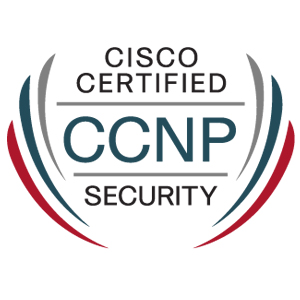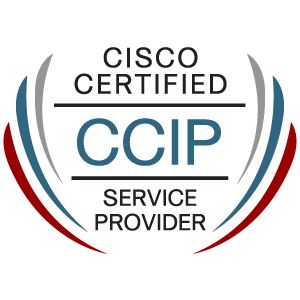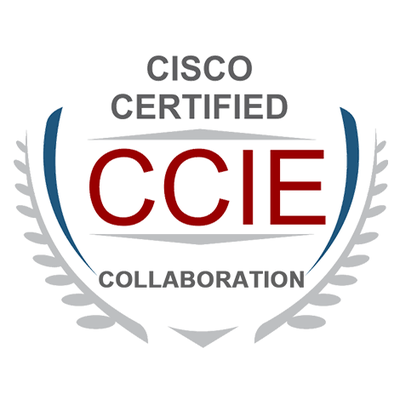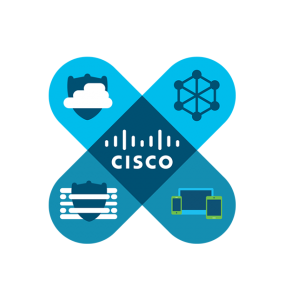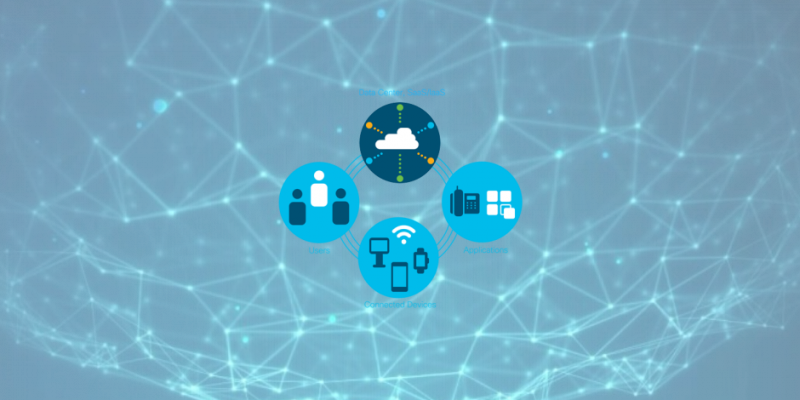The CCIE Enterprise Infrastructure Bootcamp is a rigorous hands-on training program with a blend of both lab and theory. GView CCIE Enterprise Infrastructure Bootcamp ensures that you master all the expert level concepts as per the Cisco Blueprint. It also makes you ready to clear the written examination.
Due to the growth of software, networking, and infrastructure, we are able to experience new opportunities with intent-based networking. With the help of this intent based networking, automation can be used to increase and safeguard the networking infrastructure.
CCIE Routing and Switching Certification Exam will retire on February 24, 2020 and candidates can now plan for CCIE Enterprise Infrastructure Certification Exam.


